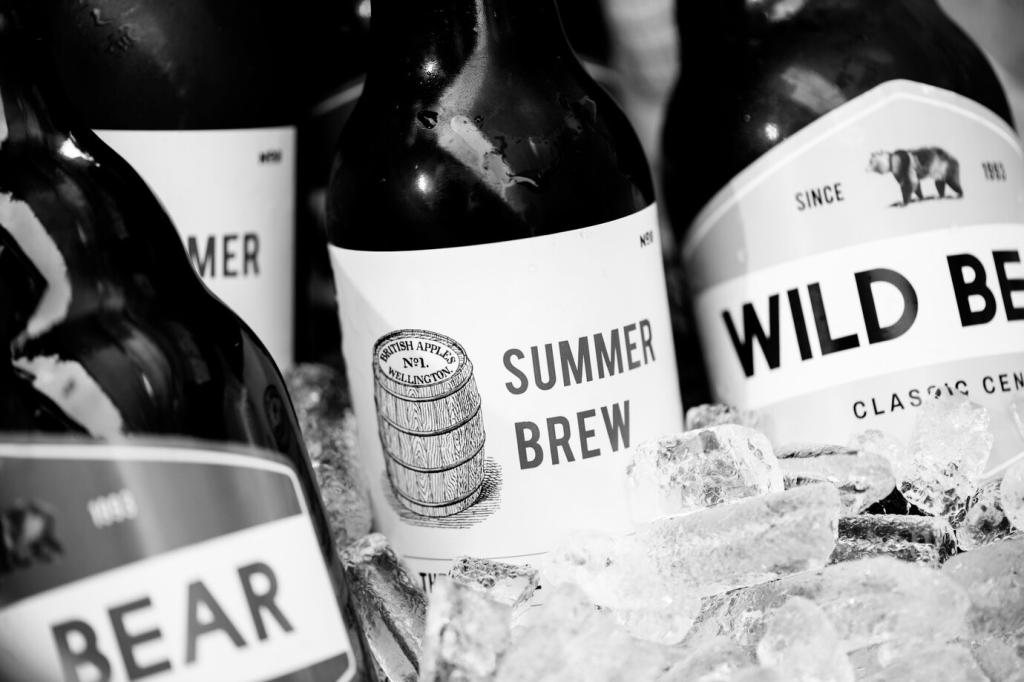
Troubleshooting Common Homebrewing Problems: Practical Fixes, Confidence, and Better Beer
Chosen theme: Troubleshooting Common Homebrewing Problems. Welcome, brewer. Together we will turn frustration into skill, diagnose issues fast, and share fixes that actually work. Join the conversation, subscribe for weekly brew-saving tips, and brew smarter with every batch.

Diagnosing Off-Flavors With Confidence
Those sharp medicinal flavors often come from chlorophenols when chlorine or chloramine in tap water meets sanitizer or hot wort. Use Campden tablets to neutralize chloramines, avoid scented cleaners, and double-check rinse steps. Share your water treatment routine so others can compare approaches.
Diagnosing Off-Flavors With Confidence
Diacetyl can arise from stressed yeast, cool fermentations, or premature cold crashing. Finish near terminal gravity, then hold a warm diacetyl rest to let yeast reabsorb byproducts. A quick anecdote: my first lager was a butter bomb until a two-day rest at 64 Fahrenheit rescued it. Tell us your diacetyl recovery stories.
Fermentation Behavior: From Stuck To Smooth
Re-check calibration on your hydrometer or refractometer first. Then consider under-pitching, low oxygen at pitch, or missing nutrients. Gently rouse yeast, raise temperature a few degrees, and add a small dose of yeast nutrient. A fresh starter can restart a stalled batch. Tell us what finally moved your gravity.


Fermentation Behavior: From Stuck To Smooth
Overactive fermentations often come from warm temperatures or insufficient headspace. Use a blow-off tube for the first three days, control ambient temperature, and consider a larger fermenter. Cleaning is easier than losing aromatics to a clogged airlock. Share your most dramatic blow-off photo and what you changed next time.
Clarity And Haze Control Without Losing Flavor
Chill Haze That Disappears Warm And Returns Cold
Chill haze forms from protein and polyphenol complexes. Employ a vigorous boil, use kettle finings like whirlfloc, and cold crash after fermentation. For stubborn haze, consider gelatin or biofine. Track results and share which finings worked best for your style to help others dial clarity in.
Persistent Yeast Haze That Never Drops
Some strains are famously low flocculators. Give them time, lower the temperature, and consider finings. If kegging, lager near freezing for a week. Avoid unnecessary transfers that stir sediment. Post your yeast strain and timeline so we can build a community guide to real-world flocculation behavior.
Dull, Muddy Appearance With Muted Flavor
Oxidation can flatten color and aroma incredibly fast, especially in hop-forward beers. Minimize splashing, use closed transfers, and purge kegs or bottles with CO2 if available. A simple silicone hose to the bottom of the receiving vessel helps. Tell us your best low-oxygen packaging tip that actually fits a home setup.

Preventing Bottle Bombs And Gushers
Always confirm stable gravity across two days before priming. Weigh priming sugar, adjust for temperature, and mix gently but evenly. Inspect bottles for cracks and use sturdy caps. Share your priming calculator of choice and target volumes so newcomers can avoid explosive surprises during summer heat waves.

Fixing Under-Carbonated Beer
If bottles are flat after two weeks, move them somewhere warmer for a few days. Ensure enough viable yeast remained post-conditioning. In extreme cases, dose a few rehydrated yeast cells per bottle. Report your warm-conditioning temperatures and timelines in the comments to guide others through sluggish carbonation.
Sanitation, Contamination, And Knowing When To Dump
Recognizing Infection Early
Look for pellicles, ropey textures, or sour, vinegar, or phenolic aromas. A white film can sometimes be harmless yeast, but sharp vinegar notes suggest acetobacter. If infected, segregate equipment. Share photos or descriptions so the community can help distinguish harmless krausen residue from true contamination.
Save The Batch Or Start Over
Some light tartness can be acceptable in certain styles, but harsh solvent or vinegar is usually a dump. If salvageable, crash cold, package quickly, and drink fast. Your time matters more than sunk cost. Tell us the moment you chose to dump and how that decision improved your later brewing confidence.
Clean, Rinse, Sanitize: The Workflow That Works
Cleaning removes soil, sanitizing reduces microbes. Use a proper cleaner for organic residue, rinse when required, then apply no-rinse sanitizer at the right contact time. Keep separate brushes for post-boil gear. Share your step-by-step routine and favorite products so new brewers can copy a proven process today.
Hot Fermentation Stress And Solventy Notes
Fusel alcohols and harsh aromas can result from temperatures drifting high during peak activity. Start cool, expect a few degrees of internal rise, and insulate your fermenter. A simple water bath with frozen bottles works wonders. Comment with your favorite budget tricks for steady temperatures in small apartments.
Too Cold To Finish Cleanly
If the yeast nap early, gently raise temperature a few degrees and swirl to resuspend. Some strains prefer a ramp toward the end for full attenuation. Track gravity daily instead of guessing. Share which strains benefited most from a late temperature rise to help others plan their fermentation schedules.
Affordable Tools For Precision
An inkbird-style controller, used fridge, or swamp cooler can transform your results. Even a cardboard box with a small fan smooths swings. Start simple and upgrade as your goals evolve. Tell us what gear delivered the biggest quality jump per dollar in your temperature control journey.



